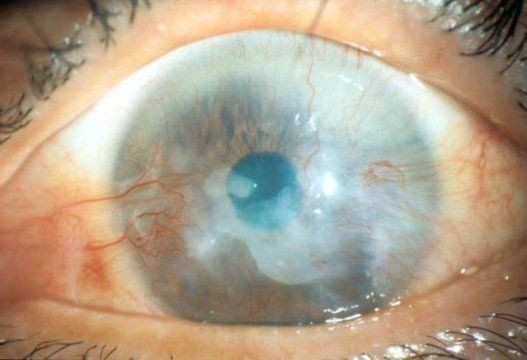Certain Types Of Blindness May Be Cured Using Stem Cells From The Oral Cavity

Having the ability to see is something that many people take for granted. Unfortunately, the World Health Organization states that an estimated 285 million people worldwide are visually impaired, with 39 million completely blind. On the other hand, research has taken great strides in combating blindness, including developing the first bionic eye implant and moving forward with stem-cell research. Now, researchers at the University of Oslo have found that a number of blindness-causing illnesses can be cured by transplanting cells from the oral cavity.
Limbal stem cell deficiency (LSCD) is one of these illnesses, and it’s caused by damage to the limbal stem cells of the eye through burning, radiation, genetic disorders, surgeries, infection, use of contact lenses, or drug use. It’s estimated that 1.5 million people suffer from it worldwide. However, researchers found that the condition is curable through the transplantation of stem cells cultivated from tissue of the oral cavity into the eye of the patient, with these new stem cells replacing the old, damaged cells.
Using stem cells from a patient’s oral cavity allows doctors to stop using strong immunosuppressive drugs, which can bring about serious side effects, such as fever, lower back pain, bruising and bleeding, and blood in urine. Since they weaken the immune system, they leave patients open to a variety of different infections and diseases.
The researchers are now focusing on the storage and transportation conditions of the cultivated tissue samples in hopes that the treatment will become more accessible in places with the greatest need like third-world countries.
"Today, cells from the oral cavity are being cultivated for treatment of blind at a few specialized centers in the world. By investigating the most optimal conditions for storing and transporting the cultivated tissue, we will be able to make this treatment available worldwide, and not just close to the cultivation centers," said Rakibul Islam, a Ph.D. candidate, in a press release.
In a collaboration with Harvard Medical School, Islam discovered the optimal temperature for keeping the stem cells viable for transportation is about 12 to 16 degrees Celsius, not the 37 degrees Celsius previously believed. He said that between 12 and 16 degrees Celsius is when the stem cells keep their most essential features the best. Islam also found that the location in the mouth cavity where the cells are taken may determine the quality of the stem cells that will be cultivated.
So far, nearly 250 people with LSCD have received treatment using this method of stem cell transplantation. Three out of every four have been successful, according to Tor Paaske Utheim, ophthalmologist and researcher at the Faculty of Dentistry and Oslo University Hospital. After undergoing the treatment, patients have experienced reductions in pain and vision loss, both of which are symptoms of LSCD.



























